The legacy of Inca architecture continues to amaze travelers worldwide. Built with precision and harmony, these monumental constructions reflect both power and spirituality. Visiting them is not only a journey through history but also a way to connect with the Andean landscape.
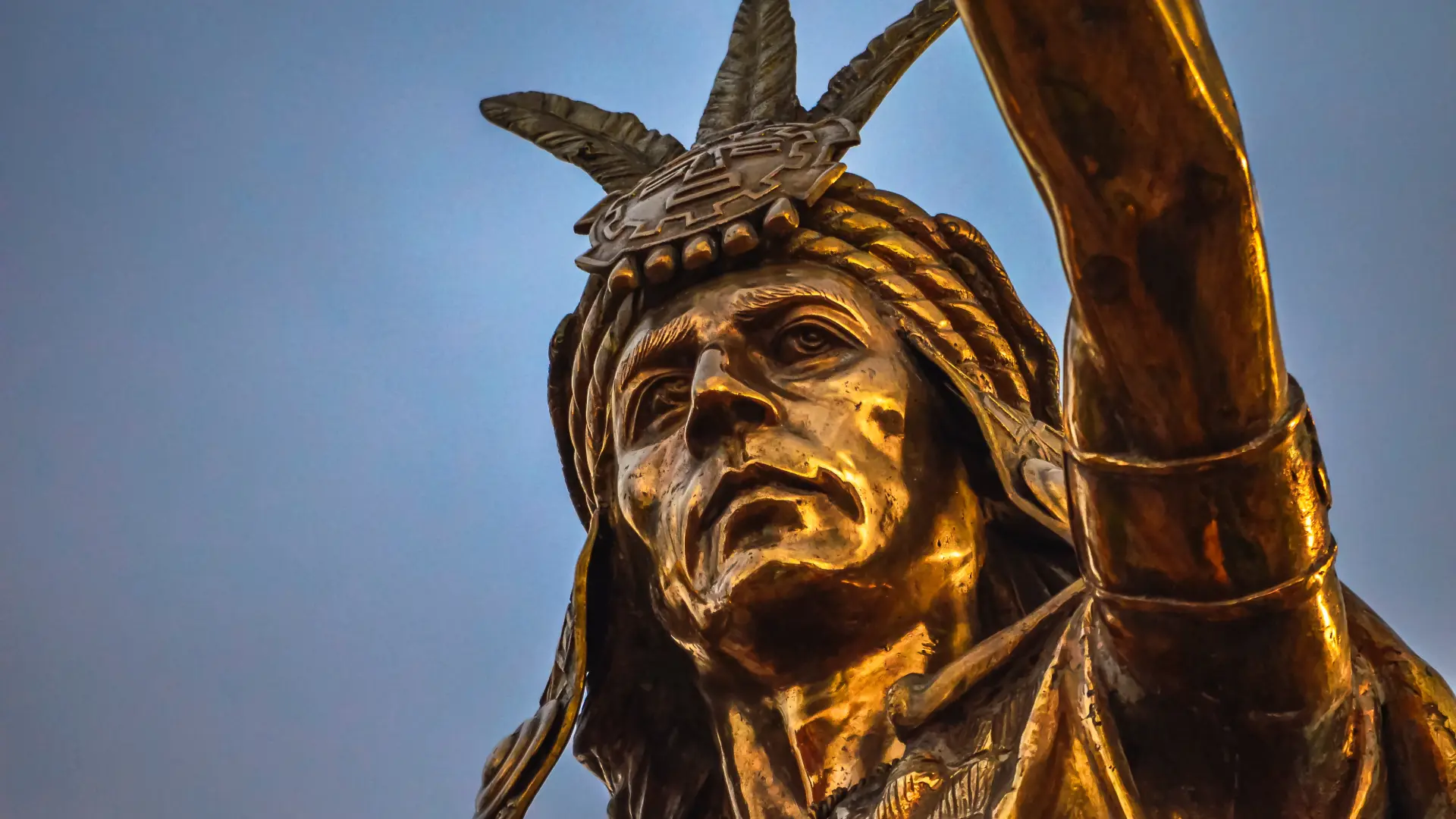
The Essence of Inca Architecture
Inca architecture is admired for its simplicity, strength, and balance with nature. Builders cut stones with such precision that they needed no mortar. They respected the shape of the mountains, so their structures survived earthquakes and centuries of time.
In addition, materials like stone, wood, and straw were used creatively. Every wall, terrace, and temple was designed to blend with the surrounding environment. As a result, many of these sites remain intact today.
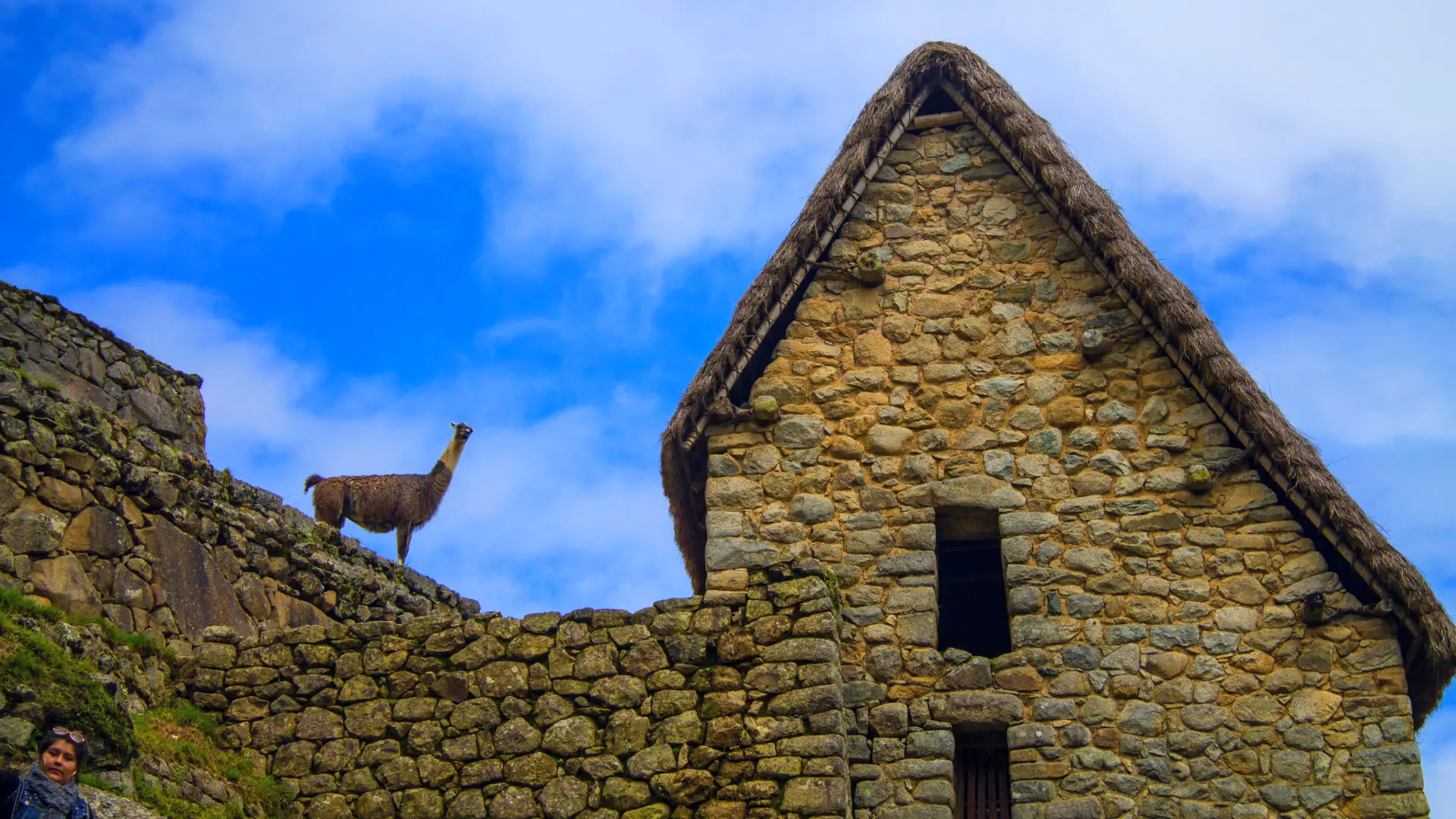
Symbolic Structures Across the Andes
Several forms of Inca architecture became symbols of imperial presence. Among them are:
- Canchas: Rectangular enclosures that surrounded temples, homes, or courtyards.
- Kallankas: Large rectangular halls built near plazas, often used for visitors during ceremonies.
- Ushnus: Pyramid-like platforms where rituals were performed, and leaders addressed the people.
These forms were repeated across the empire, creating a unified architectural identity.
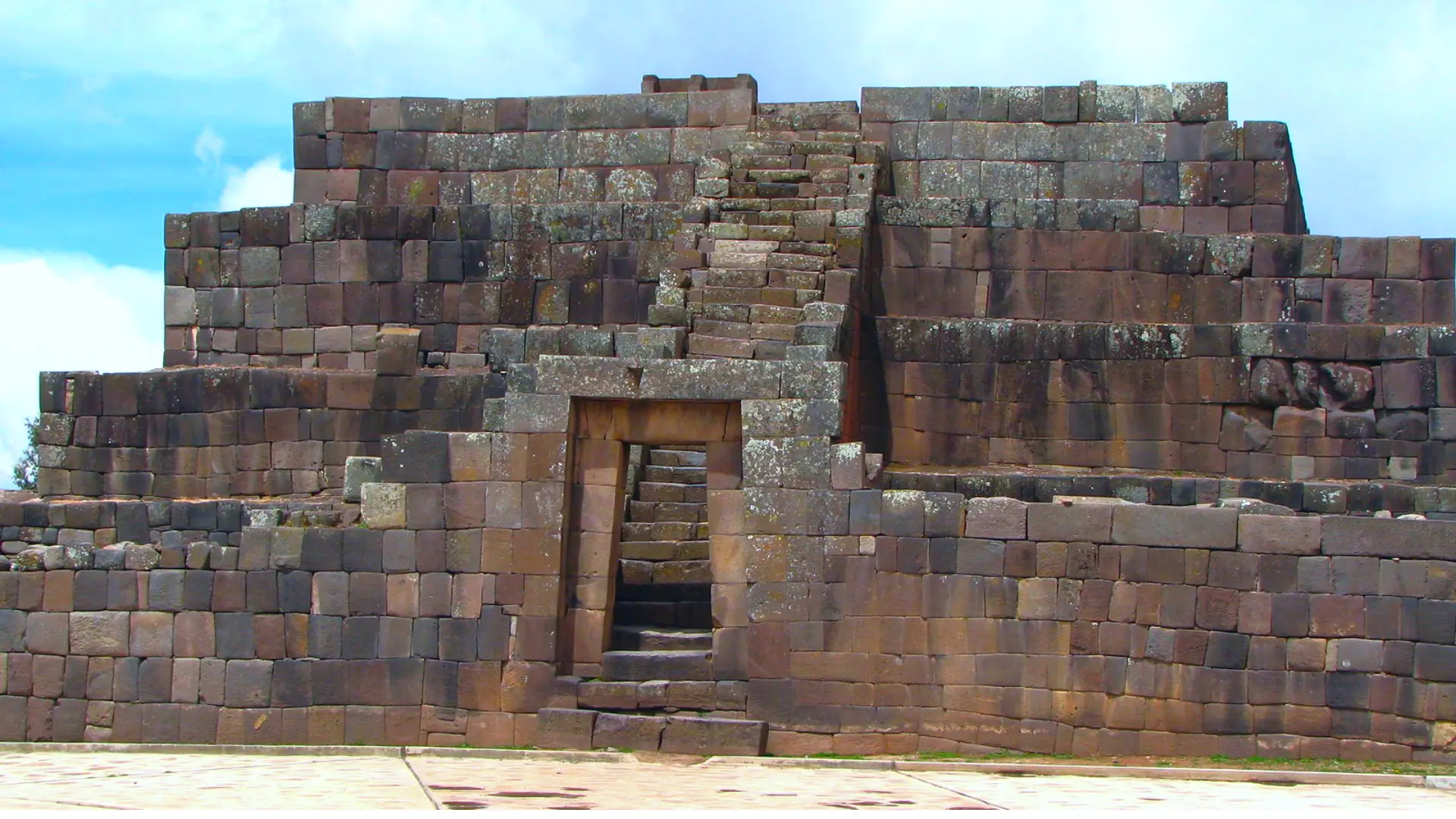
Masterpieces of Inca Architecture
Travelers to Peru can explore some of the most remarkable Inca sites, each with a unique purpose and story.
- Coricancha (Temple of the Sun): The most sacred temple in Cusco. Its walls were once covered with sheets of gold and silver. The Spanish later built the Santo Domingo convent over its foundations.
- Sacsayhuamán: A massive fortress above Cusco. It features giant stone terraces and a central plaza, once used for ceremonies and defense.
- Ollantaytambo: Located in the Sacred Valley, this site was a royal estate of Inca Pachacutec. Its terraces and water channels showcase advanced engineering.
- Vilcashuamán: A ceremonial and administrative center in Ayacucho. It combined temples of the sun and moon with a large central square.
- Machu Picchu: The most famous jewel of Inca architecture. This UNESCO World Heritage Site blends religious temples, agricultural terraces, and astronomical observatories. Divided into urban and agricultural zones, it was likely a royal retreat for Pachacutec.
- Choquequirao: Known as the “sister city” of Machu Picchu. Remote and less visited, it offers terraces, ceremonial spaces, and stunning views of the Apurímac River.
Each site reveals the genius of Inca planning, from water management to urban design.
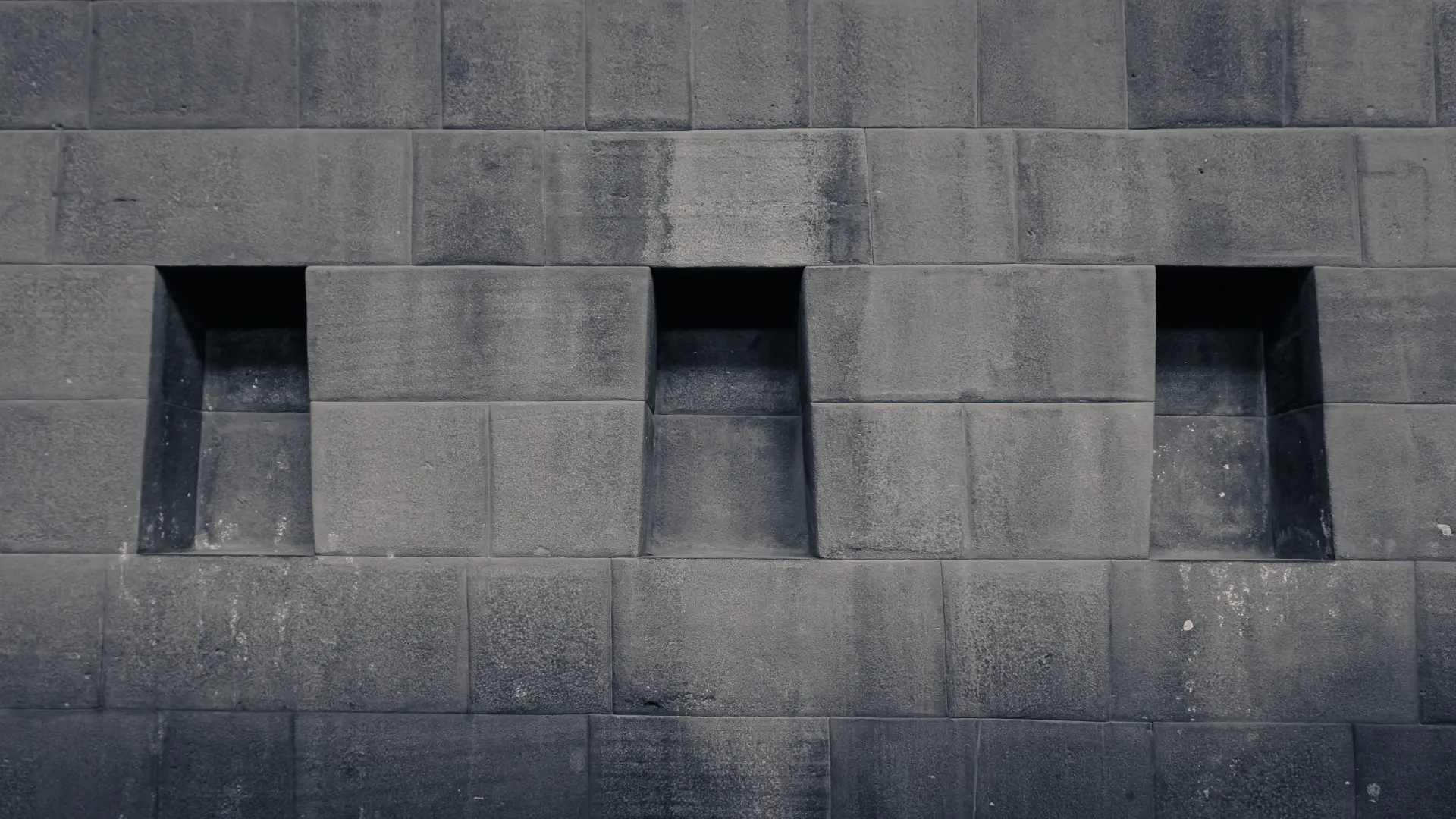
Engineering and Ingenuity
Before starting construction, Inca engineers often created scale models in stone or clay. These prototypes helped them test ideas and organize labor. A famous example is the Sayhuite Monolith in Abancay, believed to represent hydraulic systems.
Their mastery of water management can be seen in fountains, canals, and agricultural terraces. These systems supported entire populations while respecting the environment.
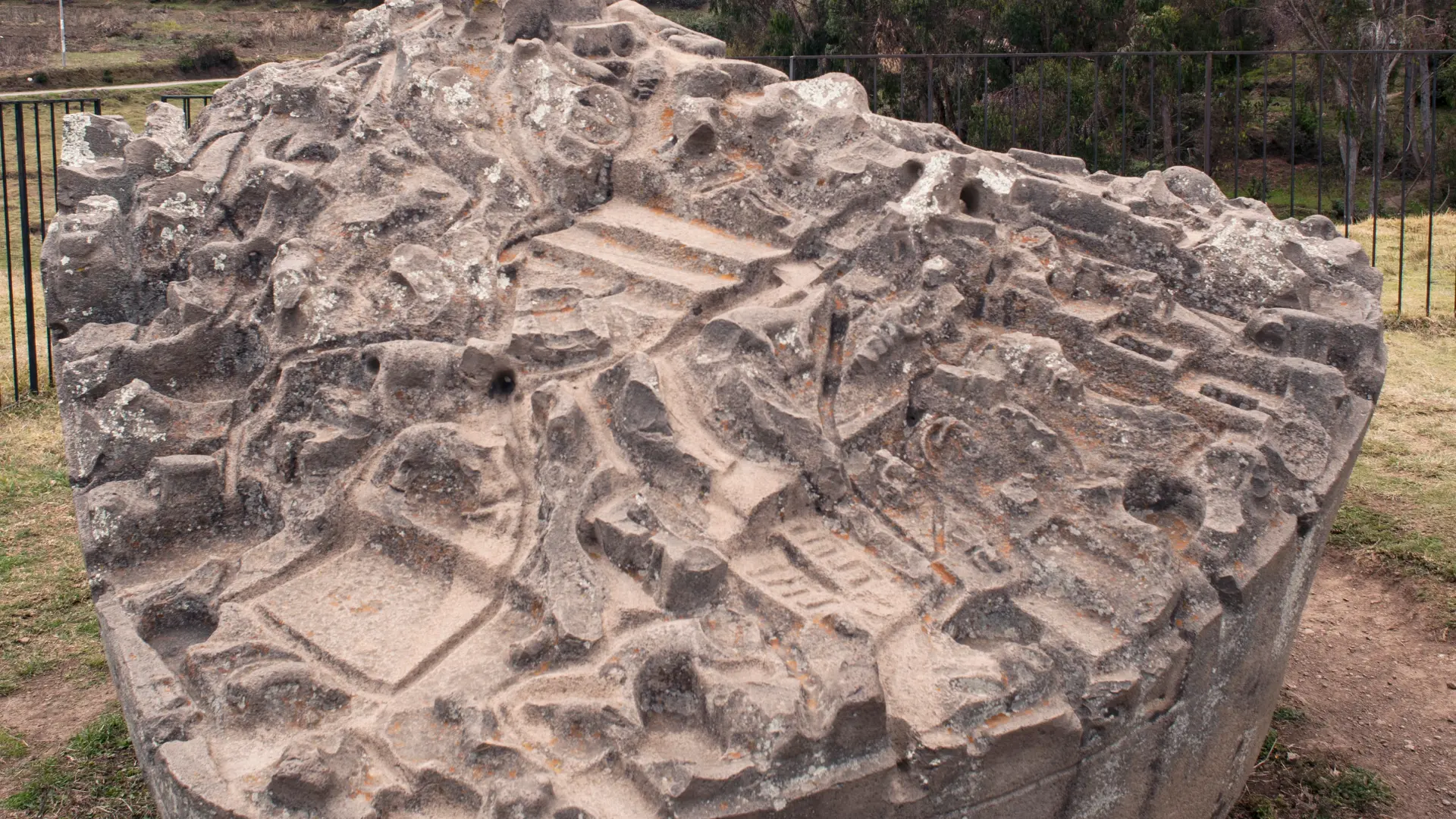
Experiencing Inca Architecture Today
Exploring Inca architecture is one of the highlights of any trip to Peru. Visitors in Cusco can see ancient walls side by side with colonial buildings. A journey through the Sacred Valley reveals terraces and temples still standing after 500 years. Reaching Machu Picchu or Choquequirao allows travelers to step directly into the world of the Incas.
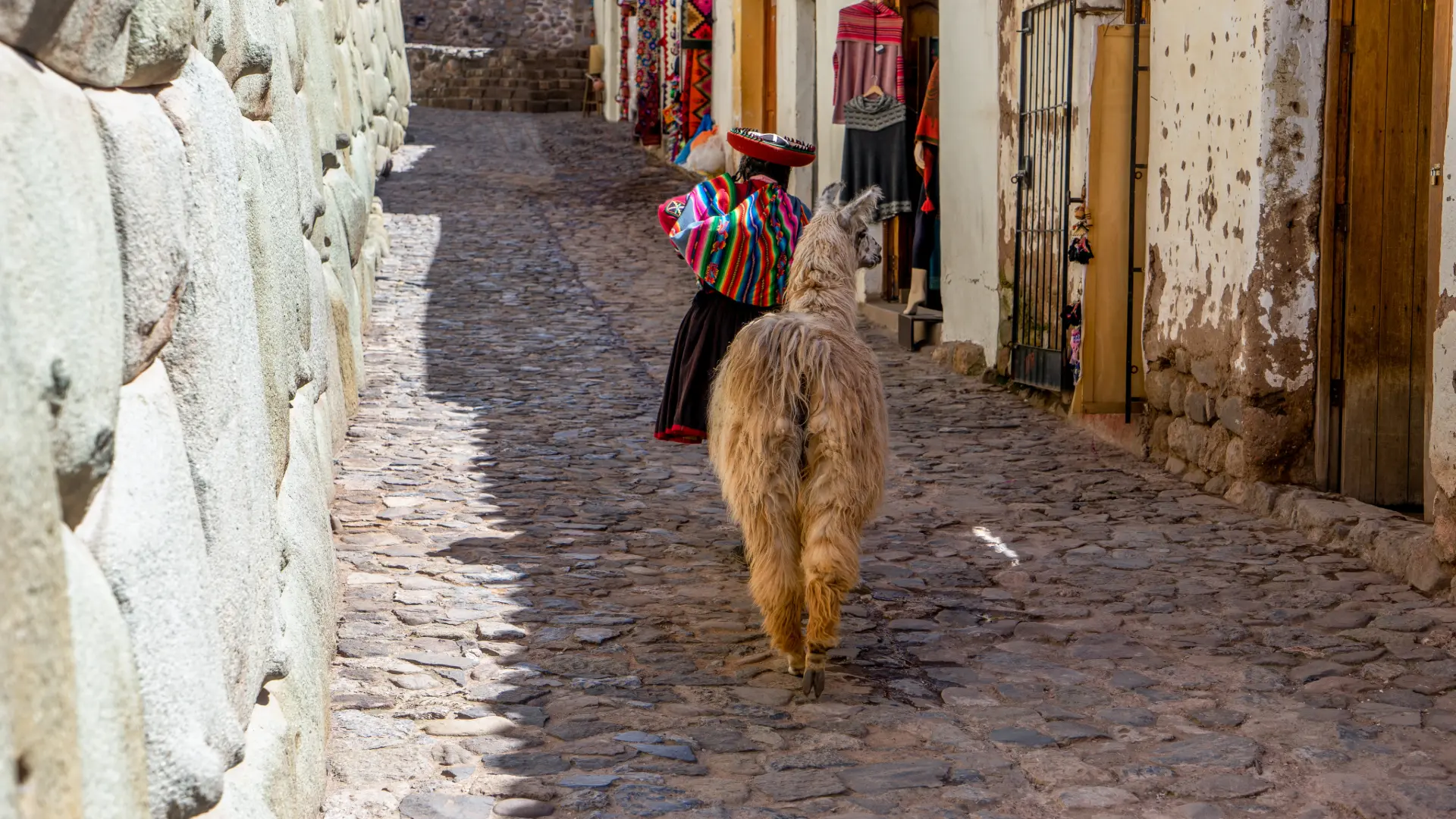
A Timeless Legacy
The story of Inca architecture is more than stone and design. It is about how a civilization combined power, spirituality, and harmony with nature. Every site, from Cusco to the Sacred Valley and beyond, offers travelers an unforgettable chance to connect with Andean history.
